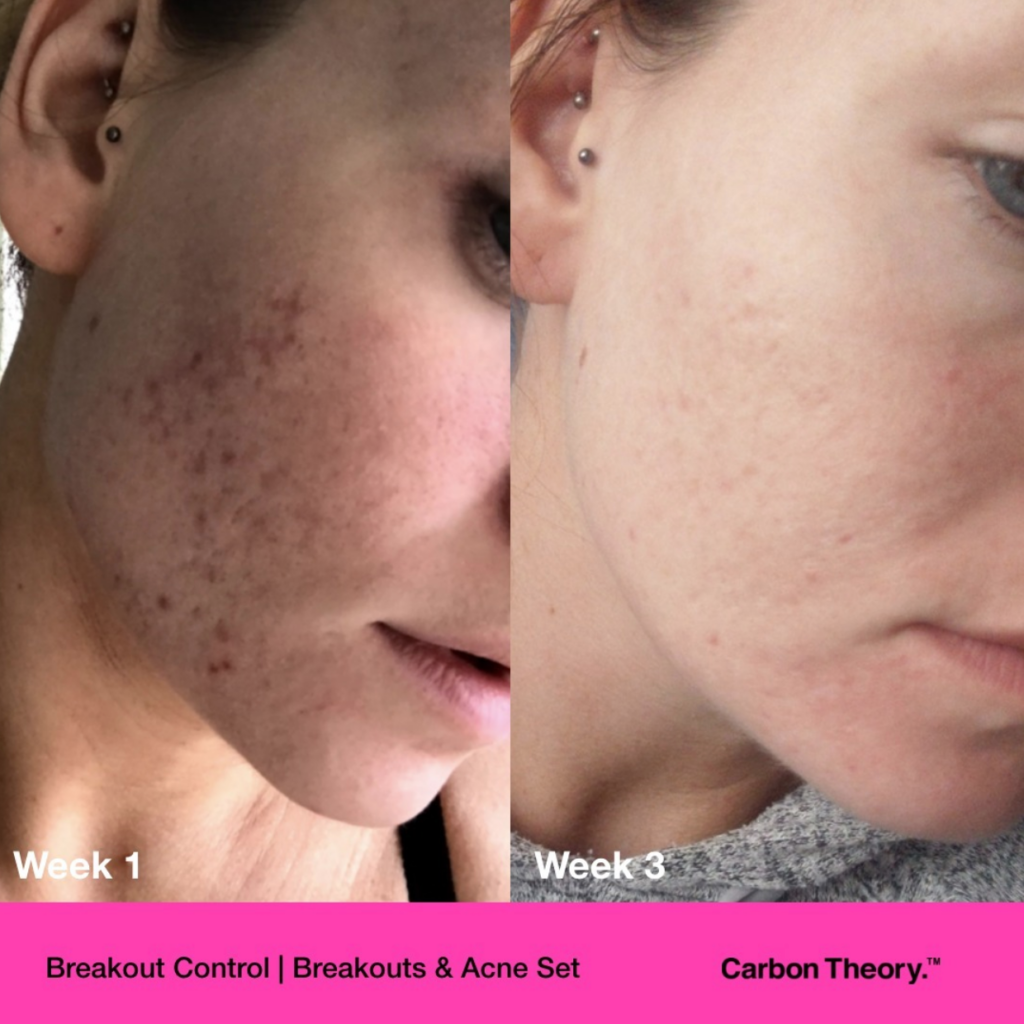Skin positivity' and other modern trends in skincare marketing - Marketing magazine Australia
The online world of skincare can be a noisy place.
According to Marketline, the global skincare market was worth $125 billion in 2020.
While the initial effect of COVID-19 on the industry was negative, consumers quickly adapted. E-commerce gained significant share as a distribution channel for facial and body products.
Even before the pandemic, consumers were turning to social media for information, advice and product recommendations for their skincare.
The Reddit forum r/SkincareAddiction started in 2012, and now has 1.5 million members.
'Addiction' here is used lightly. Posts are a mix of advice, before and after shots, reassurance, laughs and political discussions about the ethics of the industry. Much of the information is cross-posted from Twitter and Instagram.
The forum is a testament to the wealth of knowledge – though some of it is plain dermatological misinformation – skincare fans amass.
To quote Jacqueline Novak, comedian and co-host of the semi-serious wellness podcast Poog:
"For me, [skincare] is a relatively safe addiction. Arrival at the perfect system, there'd be a sense of loss. 'What, it's over now?' I want to be in a constant state of discovery."
So, how do skincare brands stand out in this busy market and get a spot on rapidly evolving regimens?
Different approaches to branding in skincare
For an industry based on appearance, the 'look' brands choose is important.
L'Oréal, the leading player in the global skincare market, goes for classical beauty. Its products have minimal text and dark, luxurious colours. Endorsements are equally luxurious, with appearances from stars like Eva Longoria and Helen Mirren.
While L'Oréal still relies heavily on 'anti-ageing' language, which has become controversial in some parts of the industry, social awareness is a big part of its marketing. The company has built a whole campaign around street harassment, and often spruiks its own sustainable practices.
Other brands are famously opting for the apothecary image. Keihl's, Dermalogica and The Ordinary pack text onto white, clinical bottles and feature lab coats in campaigns. Australian brand Aesop has a similar design for its products, with a slightly more botanical, esoteric flair.
Taking aim at these brands is Go-To skincare. Founded by author and ex-beauty editor Zoë Foster-Blake, Go-To gets a bit more playful with its copywriting. Its uncomplicated, inclusive messaging welcomes novices who may feel intimidated by the serious world of skincare.
Showing realistic skin in marketing
Some brands are trying other ways to 'keep it real'.
Using 'real faces', 'real stories' and 'real solutions' on Instagram, legacy brand Clearasil targets teens with colourful infographics and empowering messaging around skin confidence.
The brand positions itself in opposition to the culture of perfection and filters on Instagram, offering a comforting alternative to a young, self-conscious audience.
Carbon Theory case study
When UK-based brand Carbon Theory first entered the market, founder Philip Taylor wanted to create a modern day Clearasil.
"While there were a lot of beauty brands out there, I wanted to create a true mass 'skincare' brand," he tells Marketing.
Much like Clearasil, Carbon Theory doesn't edit blemishes out of its marketing assets.
Alongside testimonials from people with clear skin, the brand frequently shares content from 'skinfluencers' who espouse acne positivity.
Skin positivity and skincare advertising of the past
Showing imperfect skin has been relatively rare in an industry that services people with skin conditions. Like razor ads for women that showed no hair, or tampon TVCs with no blood, skincare ads have typically avoided any actual pimples.
Ads with conventionally attractive female celebrities splashing water onto flawless complexions used to dominate commercial TV. Similarly, acne giants like Proactiv gained popularity in the early 2010s with celebrity-backed infomercials promising perfect skin in three steps.
Acne was largely absent in these ads, save for undesirable before shots.
Although Carbon Theory gained a following from user-generated transformation posts, Taylor says the business is moving away from that practice.
"We do realise that dealing with acne is a journey that isn't always going to have a quick fix, but takes time," he says.
Carbon Theory tunes into the cultural conversation
It appears that Carbon Theory is listening to its audience.
An analysis of highly engaged posts in r/SkincareAddiction found that this community condemned marketing campaigns that displayed heavily edited photos of skin.
In response, the subreddit rallied around building a skin positive community with the goal of showcasing imperfections.
Rejecting acne shame and embracing imperfection is likely to continue driving audience and brand behaviour.
Marketline has predicted inclusivity will play a big role in the way consumers make their skincare purchases in future.

Comments
Post a Comment